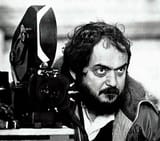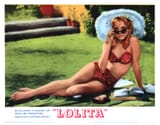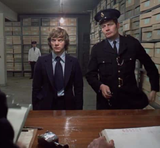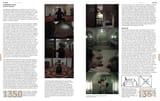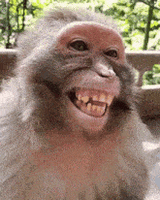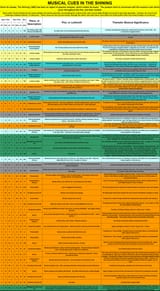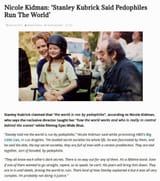>>211894714The Shining might be the most complex film ever made. The Shining isn't a film about any one theme, it's composed of many; isolating any of them dilutes Kubrick's intent, seeing how they thread and overlap is key to understanding its complexities. They all merge. Native American vs. Manifest Destiny, mirroring-doubling, linear vs. continuum, supernatural vs. natural, text vs. visual, text vs. spoken word, fable vs. myth, cartoon vs. realism, all focused through film's effect on the brain, neurophenomenology. In reverse (a contradiction nearly invisible to the audience) the most visually unifying motion-art ever conceived, beyond the scale of any built, ideal, or imagined form existing inside fantasy, philosophy or reality. Forwards the film is a horror that slowly, unceasingly absorbs a human being into a series of left-right or upper-lower mirrors, encasing him in the frozen confines of a black and white still, a procedure the film's poster does more than hint at: it condenses the entire film's process into its near end-state with Danny-Starchild on the verge of being flattened into a photograph, a ghost behind a wall (inspect posters above - clearly they refer to one another). Within what seems to be a streamlined, dulled version of Stephen King's masterly pulp novel, Kubrick built a massive and alive mysterium. A ghost story without vaporous, glowing undead or sliding chairs. Far ahead of his time, he carefully buried an unusually intricate series of continuity and orientation brain-teasers in plain sight as evidence of the supernatural which go by so quickly the audience rarely notices even one of them. Collapsing historically dizzying human moralities and cosmologies developed over thousands of years through visual forms (like border control through mapping, order control through mazes) Kubrick scatters them, then contrasts and flows them with well planned, abnormal spatiodynamics. Special effects by shifting props or hiding doors.
